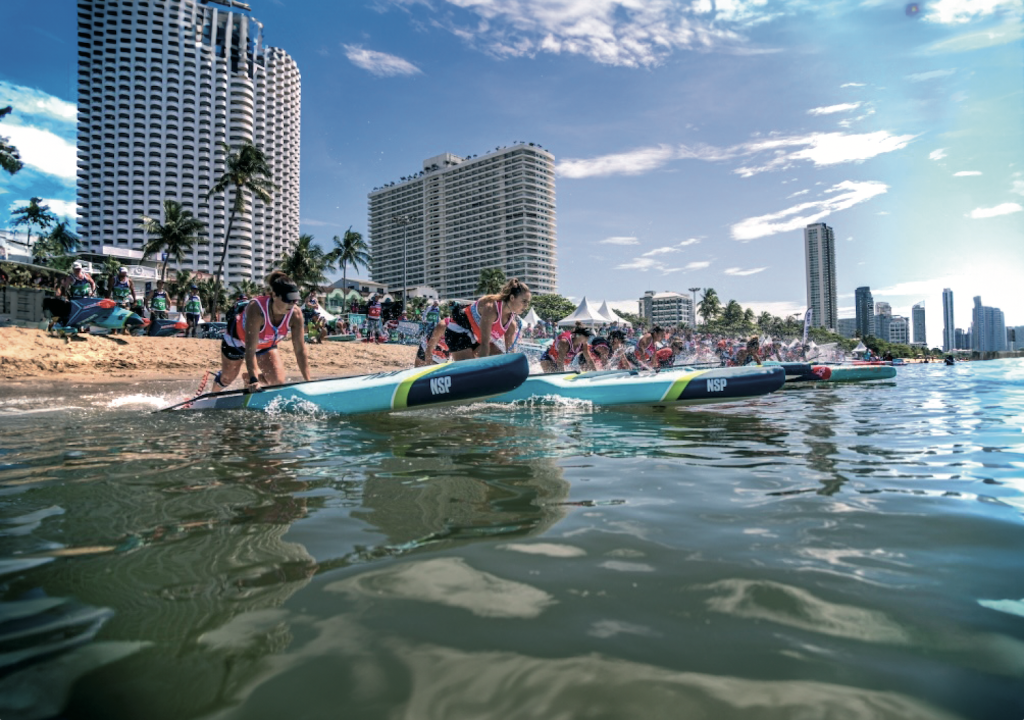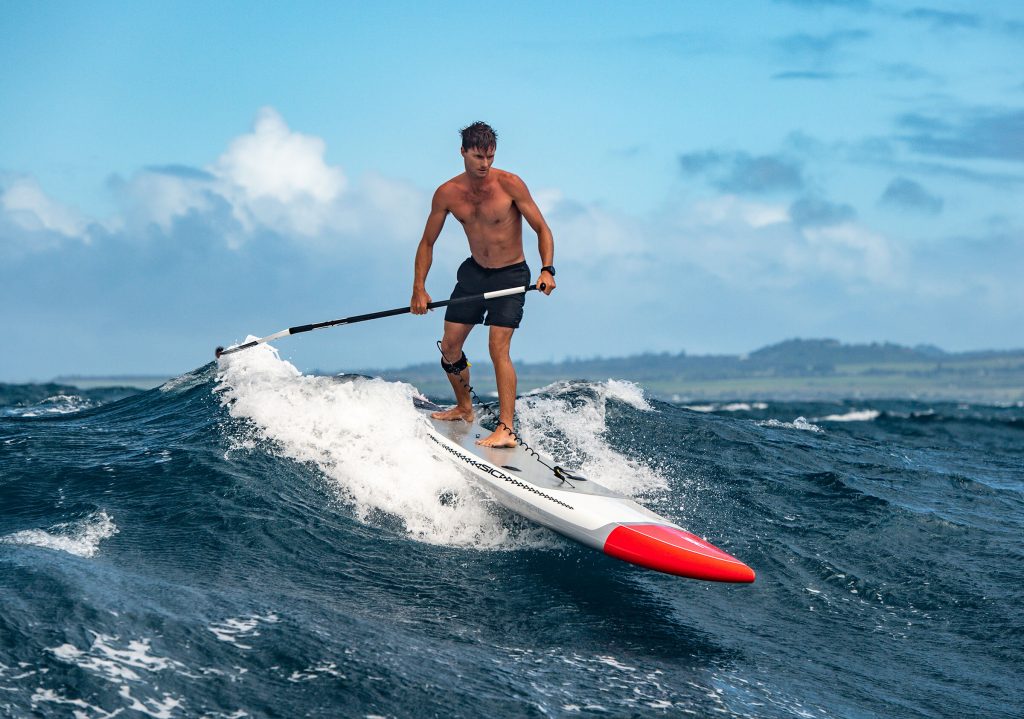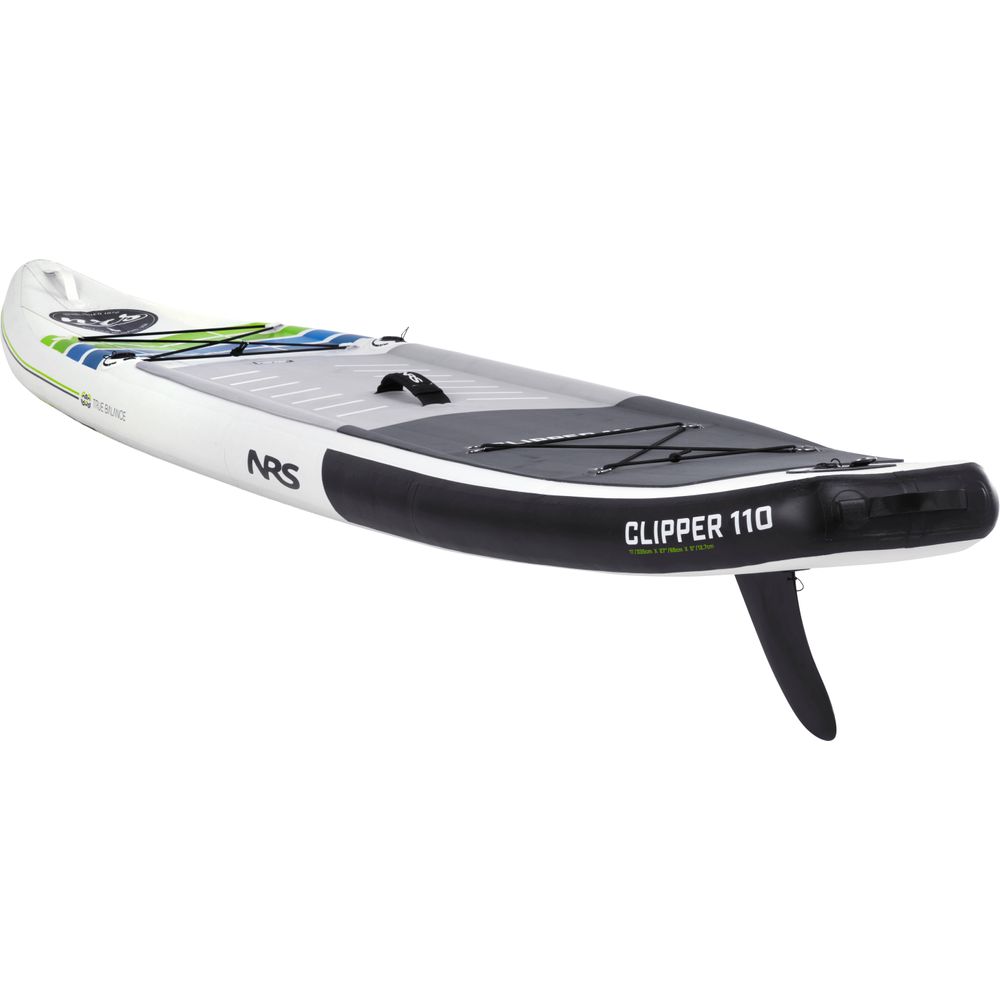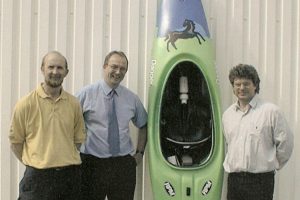An oversaturated market and overstocked shelves won’t last forever. SUP sales are slowing, but SUP is far dead.

©ICF
Over the past twenty years, SUP has taken the paddling world by storm, growing exponentially and attracting countless enthusiasts. Every year, there were more manufacturers, paddlers, and interest. It seemed too good to be true, and we knew it wouldn’t last forever. Sure enough, SUP’s meteoric rise slowly imploded in the wake of a Covid boom, leaving dealers overstocked and the market oversaturated. But don’t be fooled into thinking this is the end. While things have slowed, they have not stopped.
“If you look to the water, SUP appears as in demand as ever. The hypothetical debut of SUP racing in the 2028 Olympic Games has fostered the growth of clubs and developmental programs and encouraged more brands to invest in developing racing boards for amateurs and professionals”.
Like the rest of the industry, SUP brands are experiencing overstock due to Covid-induced production lags, a situation compounded by the overwhelming market saturation of entry-level boards, particularly inflatables. Yes, boards are still selling, but smaller margins and reduced prices through retailers like bigger box stores and online discounters. Increasing shipping, storage, manufacturing costs, and anticipated outcomes of the Ukrainian war and inflation further reduce margins, falsely equating less profitable with less popular.

©SIC maui/ tahe outdoors
If you look to the water, SUP appears as in demand as ever. The hypothetical debut of SUP racing in the 2028 Olympic Games has fostered the growth of clubs and developmental programs and encouraged more brands to invest in developing racing boards for amateurs and professionals. The 2023 ICF World Championships in Thailand had nearly 1000 paddlers participate, showing a thriving racing scene. The ISA Worlds also had a great turnout of new and familiar faces, as did events such as the 2023 edition of France’s GlaGla Race, which attracted hundreds of paddlers, amateur and pro alike. The Molokai to Oahu numbers were up in 2023, accompanied by growing interest in SUP foil downwinding. On the surf front, seeing a SUP or two or three in the lineup at nearly any break worldwide is not even a little surprising.
“SUP is also taking off in regions outside of Europe and North America. In addition to rising interest in China and India, a 2023 report on skyquest.com identified Japan and Indonesia as the fastest-growing markets between now and 2030″.
For casual recreationalists, SUP retains its reputation as the friendliest paddle sport, versatile enough to use in more urban areas or escape crowds and head deeper into the wilderness. Despite the oversaturation of entry-level products, sales are slowly creeping back up. “Personally, we have noticed an increase in sales in the medium-low range,” says Massimo Vanzin of FreeBie SRL. Others note increased interest in hard boards or more specialized designs.
Adding foil-specific products to manufacturer lineups has generated fresh interest in multiple SUP disciplines, from downwinders to riding waves. Foiling’s popularity might serve as a bridge and lure users from other surf and wind sports, such as surfing, windsurfing, and kite surfing, to enter the market.
SUP is also taking off in regions outside of Europe and North America. In addition to rising interest in China and India, a 2023 report on skyquest.com identified Japan and Indonesia as the fastest-growing markets between now and 2030. “We definitely see emerging markets in Asia on the rise,” agrees Starboard Brand Manager Ollie O’Reilly, pointing out that the recent ICF World Championships in Thailand, China had over 100 paddlers competing; Indonesia secured a gold medal in the junior men’s category, and competitors from India, Singapore, Korea, and Japan attended. China, in particular, is pushing to encourage people to get into SUP, a strategy paying off already, with over 1,300 participants in a recent race.
“As manufacturers, we need to reignite demand through innovation,” says Mark Deming of NRS.
Having a plethora of boards available for cheap may even prove beneficial in the long run. “Buy cheap, buy twice” is becoming a more widely adopted strategy as SUP looks to exploit an oversaturated market. “Stock will clear out and the industry will remain about 20% bigger (in terms of users) in comparison to pre-Covid,” posits Miha Rasul of SIPA boards. Many of these customers will slowly start buying better products, giving the brands that survive this phase a chance to compete in developing further innovation and building brand capital.

The NRS Clipper SUP Boards with V shape hull.
“As manufacturers, we need to reignite demand through innovation,” says Mark Deming of NRS. Recent advancements in inflatable technologies have already led to stiffer, lighter boards shaped for performance. “With woven drop-stitch materials, like NRS Z-Blend, and new manufacturing techniques, designers can work in three dimensions to create unique board profiles with specific performance characteristics,” explains Deming. Innovations in technology and design, such as NRS’s v-shaped hull, give the avid paddler a reason to upgrade while widening the gap between generic price-point SUPs and high-quality, high-performance boards.
Finding success in SUP has become a marathon rather than a sprint, and some brands may not survive the transition. It will take a splash of luck, a solid brand identity, active brand communication with support for athletes and events, and innovative products. But for those that do, the future is still promising. While the exact figures vary, market predictions show paddleboarding continuing to grow at rates between 8-10% over the next 5-10 years.
After all, with prices this low, there’s never been a better time to try it.




